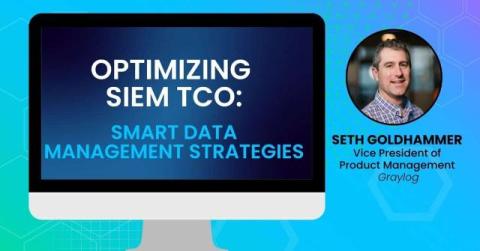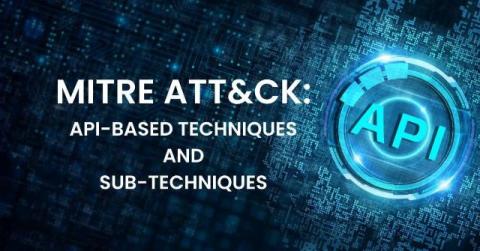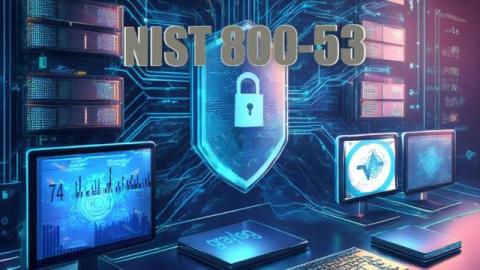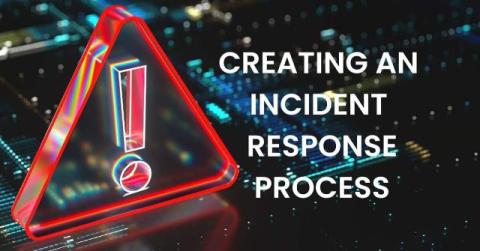Logs in a SIEM: The Liquid Gold of Cybersecurity
Devices, applications, and systems logs are needed to detect, analyze, and mitigate cybersecurity threats. Logs in a SIEM are like gold; they are both valuable. Gold is part of the economy, and logs are part of the IT ecosystem and are the foundation for cybersecurity. Here’s why they compare to liquid gold!











